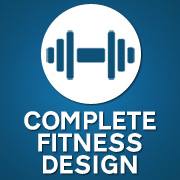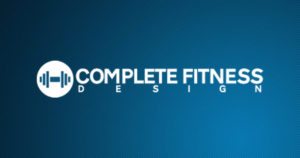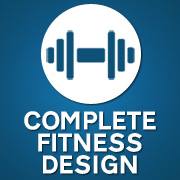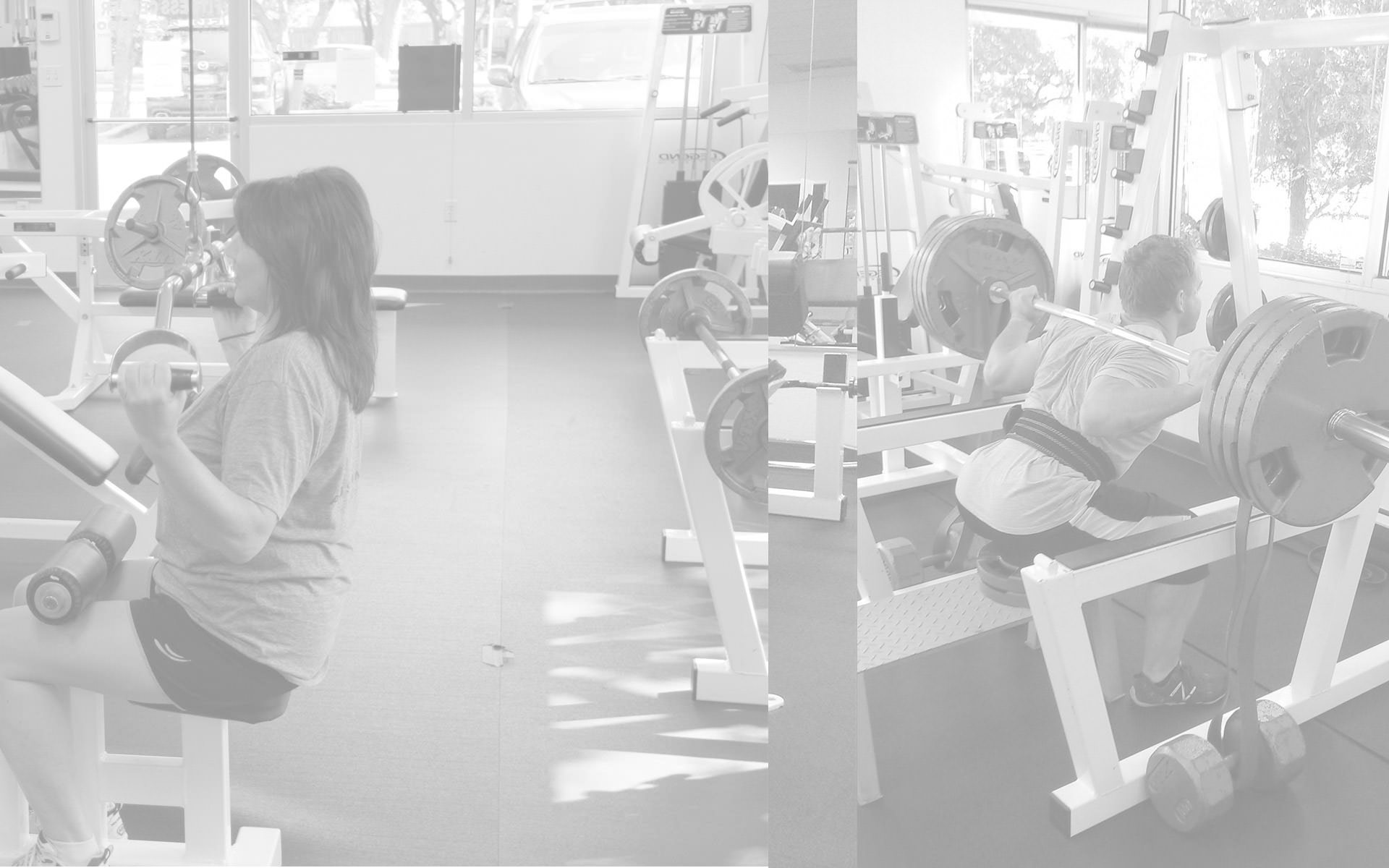Good Fats vs. Bad Fats
We’re told of all the health risks associated with eating fats in our diet. There are nutrition posters with diagrams and images of a fat source with a red X through it in school cafeterias, health magazines, etc. While it certainly holds true that some fats are to be avoided, it’s also conversely true that there are some fats that are very beneficial to us. In fact, if you’re trying to lose weight, you’ll be needing to consume some fats. Fats aren’t categorically to be avoided but rather selected carefully.
Trans fats and saturated fats are high atop the list of fats to avoid. However, unless you make some strict dietary concessions, you’ll have a tough time avoiding them. You find these fats in french fries, cake mixes, a lot of processed prepared foods, margarine, ramen noodles, etc. These fats are the key culprits in raising your Low Density Level (LDL) cholesterol, which is the bad one, while simultaneously lowering your High Density Level (HDL) cholesterol, which is very beneficial to us in the fight against heart disease, stroke, and high blood pressure to name just a few potential health risks which become more prominent in it’s absence.
What makes these bad is that they’ve undergone a chemical process called hydrogenation, which is a thing the food industry will often do in order to preserve the fats in a food product so it doesn’t spoil. A reason it can be hard to ascertain if there are truly any trans fats in a product is because of an unusual law which permits manufacturers of food products to list “0g Trans Fats” on a label so long as the product doesn’t exceed 5G of those said fats.
Unsaturated fats, on the other hand, are the good variety that benefit us. Omega 3’s, omega 6’s, as well as oleic and linoleic acids are required by fat soluble vitamins such as vitamins A, D, E, and K in order to be absorbed into our body. Without unsaturated fats, your body would be unable to absorb those vitamins thus creating a whirlwind of health issues. Another benefit, especially for those looking to drop a few pounds, is that foods rich in unsaturated fats, such as avocados for example, take longer to digest thus keeping you feeling fuller for longer.
A low fat diet, such as the ones that are trendy and being pushed as healthy lifestyle choices, are actually misleading as they promote the idea that all fats should be avoided. Another problem with these foods or diets that stress no fat, is that they need to be replaced with something else, and that usually is a refined carbohydrate from a simple sugar. These quick to digest, fast acting carbs are actually harmful because they lead to a rise in blood sugar levels, especially in women over 30, and that in turn causes insulin to be released from the pancreas. When these high levels drop, we feel hungry again which leads to overeating and weight gain since those carbs process so quickly in our bodies. When our insulin levels have risen, however, it’s no longer calories in vs calories out for weight loss, but a hormonal issue to boot thus making the weight loss proposition a very tricky one.
One of the most important aspects of my job as a personal trainer is to restructure people’s nutrition and meal plans so they can make intelligent, healthy, yet tasty choices. Being an Austin personal trainer, which is known as a pretty fit city, seemingly facilitates that task because we have a lot of public awareness on the subject and many locales for purchasing foods that are good for you and still appealing to a great variety of palates.
Ready to Get Started?
[/two_third_last]






